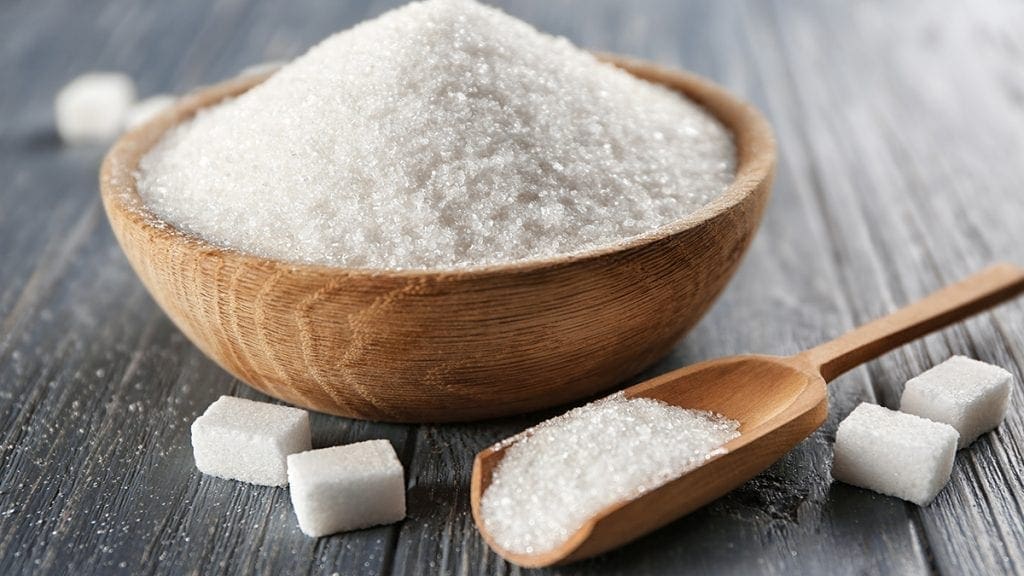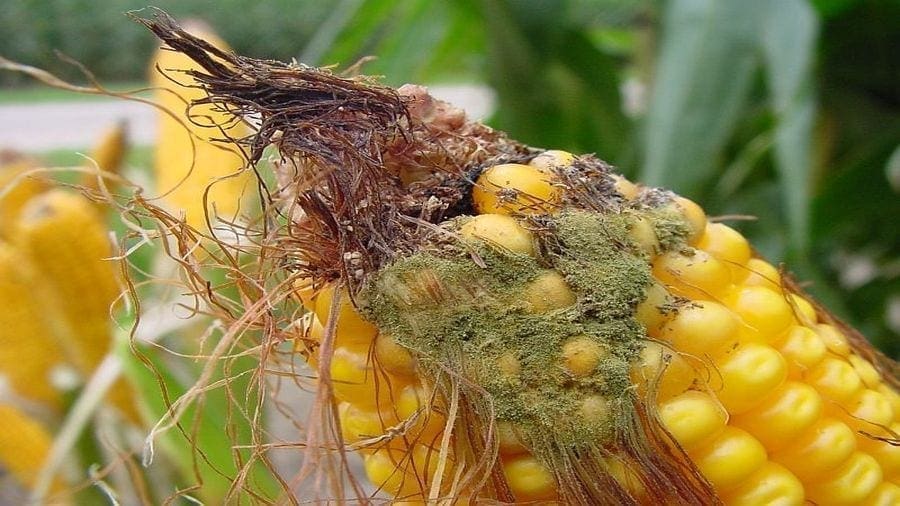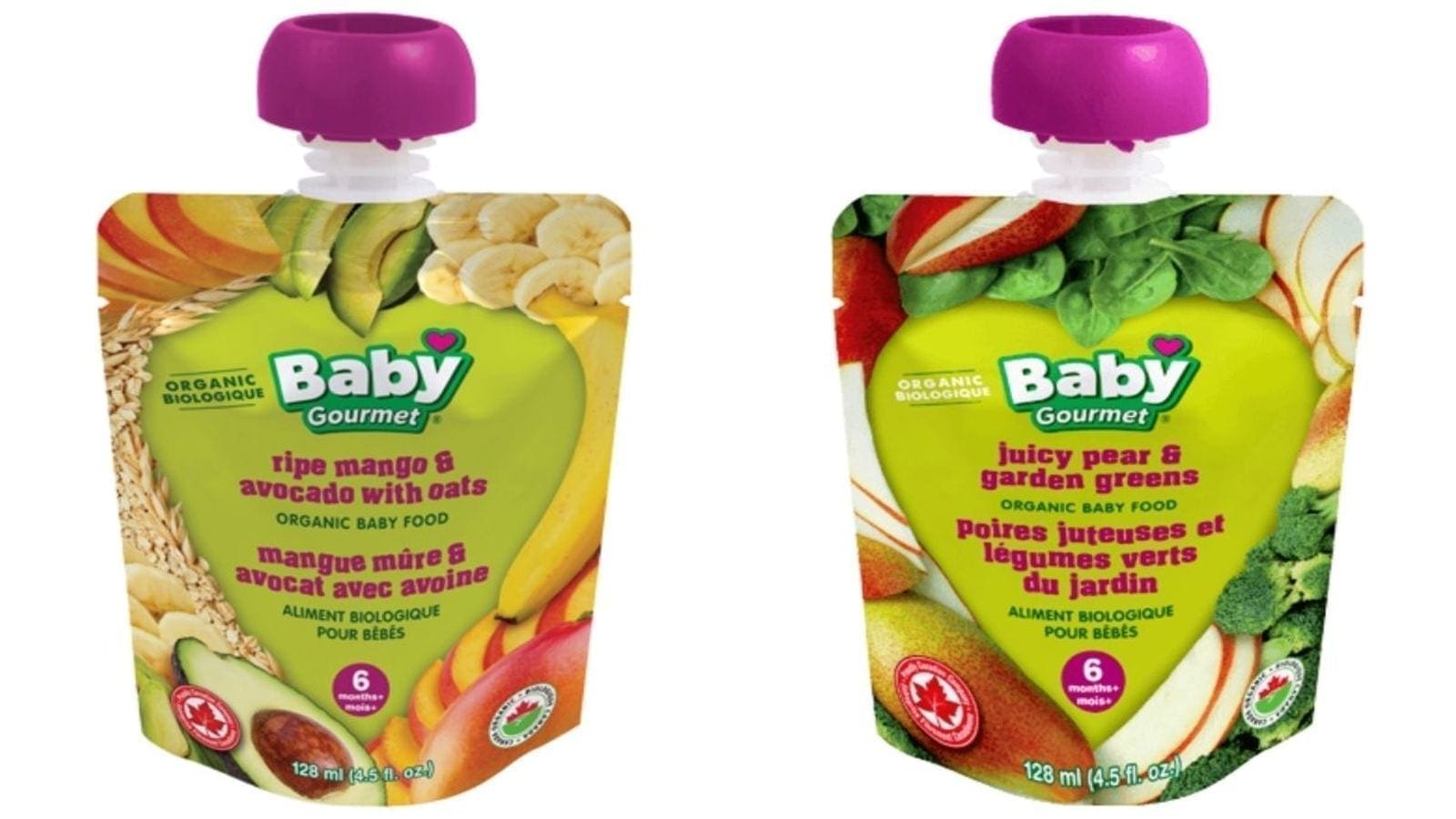KENYA – Sugar production in Kenya is expected to increase by 8 percent in Marketing Year (MY) 2021/22 to 650,000 metric tonnes (MT) due to an increase in sugarcane yields following good weather conditions, better agronomic and harvesting practices.
Sugarcane harvesting has greatly improved in recent years in Kenya due to mechanized harvesting and a higher labour supply.
Kenya’s Sugar Research Institute (SRI) reports that plantations in non-traditional areas produce sugarcane yields of up to 140 MT/Ha compared to traditional ones which produce an average of 90 MT/Ha.
SRI also indicates that sugarcane production increased by 48 percent from 4.6 million MT in 2019 to 6.8 million MT in 2020.
Total area harvested in the same period increased by 25 percent from 71,935 to 89,803 hectares.
The rise in sugar production is also attributed to the both the public and private sector increasing investments in mills, resulting to higher out-put of the sweetener, highlights USDA in a GAIN report.
Some private mills have expanded their cane buying operations into zones that were previously reserved for state-owned ones.
The private investors are also looking to open new mills in Siaya, Kilifi, Kisii, Uasin Gishu, and Tana River counties.
Currently, private mills make up 74 percent of total sugar production in Kenya and tend to be attractive to farmers due to their high operational efficiency.
Kenya had been importing 350,000 tonnes of raw sugar from COMESA but has since capped the duty-free imports to 210,000 metric tonnes
Local sugar demand to rise as imports decline
During the same period, consumption is expected to increase by 5 percent in MY 2021/22 to 1 million MT as hotels and restaurants re-open following COVID-19.
Meanwhile, sugar imports are forecast to decrease by 37% to 100 thousand MT following the capping of an import quota on sugar by the Government of Kenya (GOK) in January 2021.
Kenya had been importing 350,000 tonnes of raw sugar from COMESA due to a widened deficit in its market.
However, the country has since capped the duty-free imports from the trade block to 210,000 metric tonnes of raw sugar and 150,000 MT of refined sugar, to boost local production.
COMESA granted the East African nation a two-year extension of the sugar import safeguard which began in March 2021 and will last until February 2023.
To maintain the safeguard, Kenya is required to share with other COMESA member states how it calculates its projected sugar deficit and prioritize imports from COMESA in offsetting the deficit.
Ending sugar stocks are forecast to decrease by 18 percent in MY 2021/22 to 451 thousand MT due to lower supply and increased consumption.
COMESA also requires Kenya to meet other conditions to maintain the safeguard such as providing a detailed roadmap on how it intends to enhance its sugar sector competitiveness during the period;
Also, it has to showcase how it will ensure the issuance process for import permits is transparent, fast, and efficient; and sending COMESA a projected deficit in January of each year which uses production and consumption data.
Additionally, Kenya is required to disaggregate the World Customs Organization Harmonized System (HS Codes) for refined white sugar and raw sugar.
Liked this article? Subscribe to Food Business Africa News, our regular email newsletters with the latest news insights from Africa and the World’s food and agro industry. SUBSCRIBE HERE











